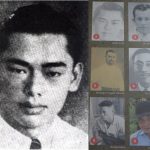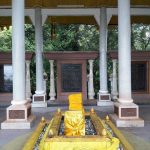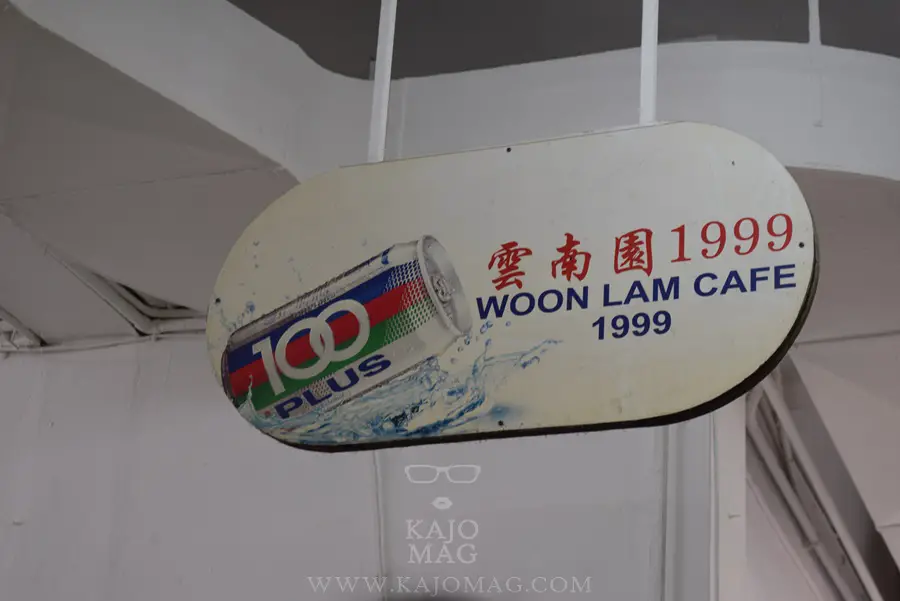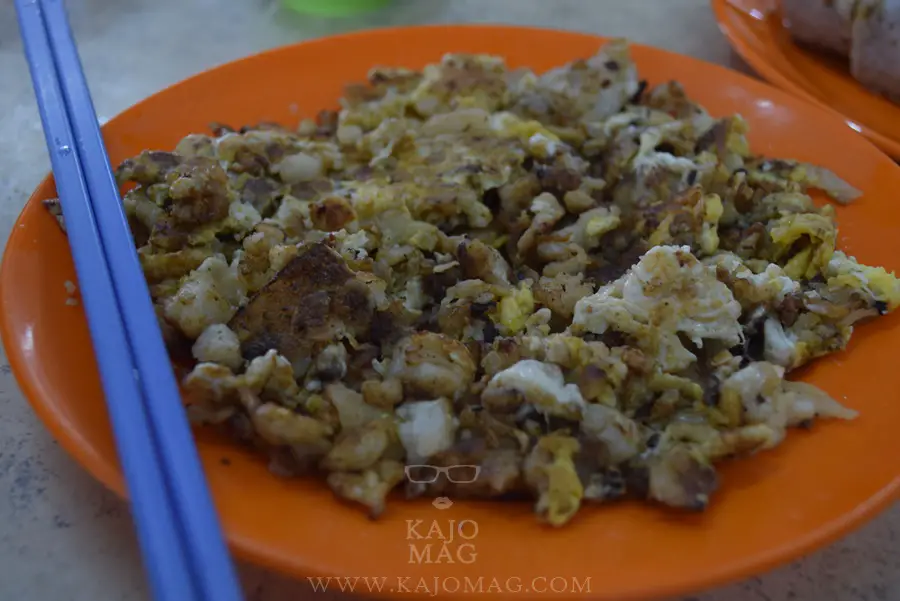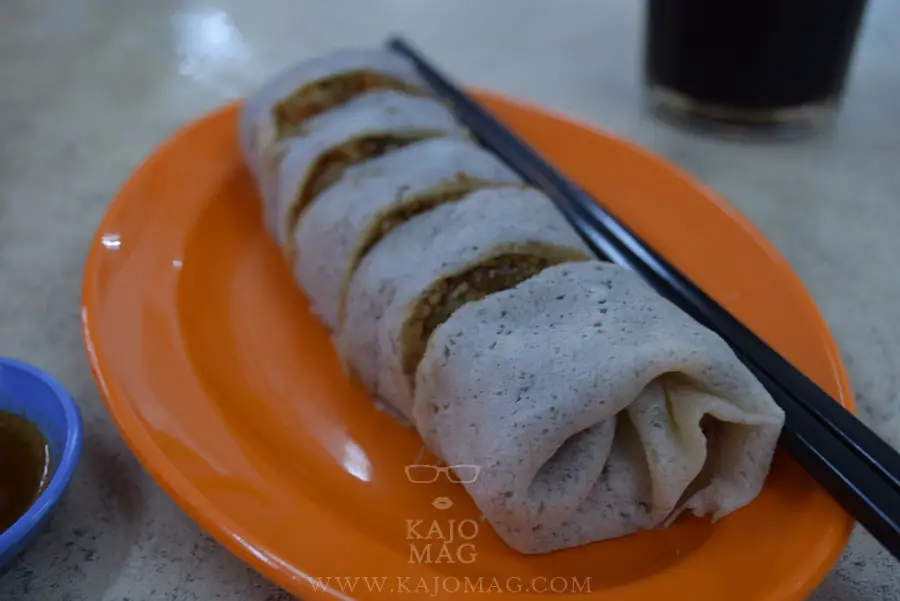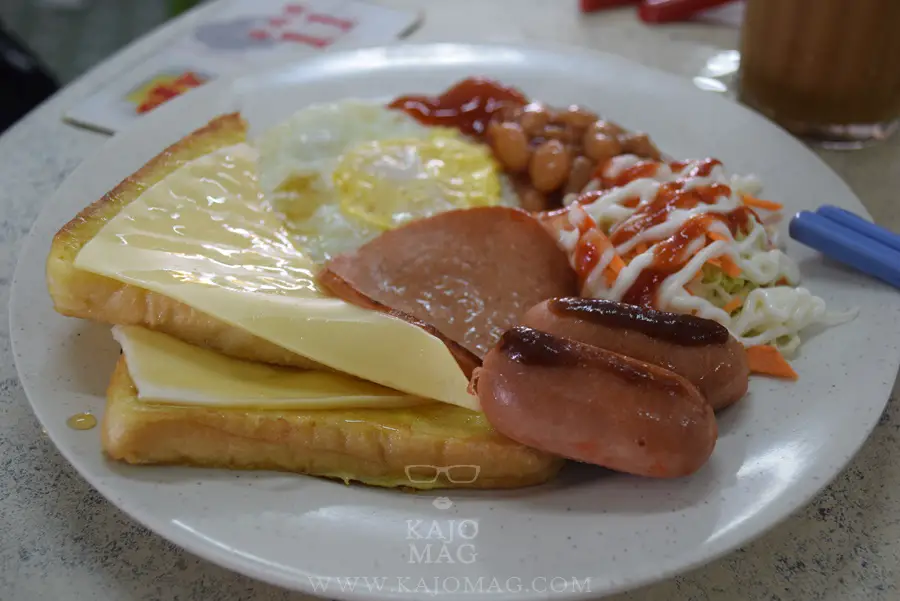If you have been to Bako National Park, then you have seen one of its leading stars, the Bornean bearded pigs (Sus barbatus).
There, they can be found strolling along Bako’s beaches or hanging around the park’s headquarter and chalets.
These creatures are so used to visitors that they couldn’t care less about the presence of people.
More commonly known as wild boar, Bornean bearded pigs live in almost every type of habitat from the beach to the mountain top.
Just as their name says, they have beards and sometimes tassels on their tails.

Here are 10 things you need to know about the Bornean bearded pigs found in Sarawak:
1.There are two sub-species of Bornean bearded pigs.
The first subspecies Sus barbatus barbatus can be found in Borneo and at the tip of Sulu Archipelago in the Philippines.
The second one is Sus barbatus oi which ranges at the Malay Peninsula and Sumatra.
2.They have a wide variety of favourite food.
According to Sarawak Forestry Department website, these pigs enjoy fallen fruits and seeds, roots, herbs, earthworms, and other small animals.
3.Bearded pigs are destructive to plantations.
Apart from that, they also feed on young palms and cocoa fruits making them destructive to plantations.
4.Borneans have been hunting them for the last 40,000 years.
An archaeological excavation at Niah Cave showed that bearded pigs have been hunted by people of Borneo as far back as 40,000 years.
5.They are an important source of protein.
Bornean bearded pigs are high up on the natives’ hunting list because they are a source of dietary protein.
The meat is usually barbecued, cooked in soup with various vegetables, or made into babi salai (smoked pig).
6.Their bones are usually kept as trophies.
In a study by Earl of Cranbrook and David Labang published by the Sarawak Museum, it is common for rural people of the Malayan and Southwest Pacific regions to keep trophies from their hunting.
For example, the Penan people keep or hang the skulls, lower jaws and mandibles of bearded pigs.
7.These pigs can swim.
Bornean bearded pigs are known among naturalists for their periodic mass movements.
They can travel some distance to find food and even swim across rivers. Some believe they even swim to offshore islands.
8.Python versus bearded pigs; pigs win
Robert Shelford, a former curator of Sarawak Museum wrote one of the earliest records of these mammals.
In his book ‘A Naturalist in Borneo’, he described an incident witnessed by a fellow naturalist Ernest Hose who was also the brother of Charles Hose.
“Hearing one day in the jungle, close to his house at Santubong, a tremendous noise of wild pigs grunting, snorting, and squealing, he ran out to see what was the reason of it, and presently came on a large python that had seized a young pig and was endeavouring to crush it. The snake was surrounded by a number of full-grown swine, which were goring it with their tusks and trampling on it; so resolute was their attack that the python was compelled to relinquish its hold of the loudly protesting young pig, when the herd, catching the sight of Mr. Hose, hastily made off, the young one, apparently little the worse for its adventure, trotting away with its companions. Mr Hose examined the snake, and found it to be so slashed and mangle that it was unable to crawl away from the scene of battle.”
9.Their populations are in threat.
International Union for Conservation of Nature (IUCN) listed Bornean bearded pigs as vulnerable as its population has been in decline over the last two decades.
IUCN also stated there are three primary threats facing bearded pigs. These include the conversion of forests for agriculture, particularly oil palm and rubber, fragmentation of remaining habitat, and unsustainable logging primarily for dipterocarps.
10.It is illegal to have more than 5 kilos of its meat in your possession.
Here in Sarawak, Bornean bearded pigs are not listed as protected species so it can be hunted for consumption.
However, according to Wildlife Protection Ordinance 1998, commercial sale of bearded pigs is strictly prohibited.
The sellers can be fined up to RM5,000 while the buyers can be fined up to RM2,000. If you have more than five kilograms in your possession, you will be deemed having the intent to sell it. Thus, you can also be charged up to RM5,000.
















































